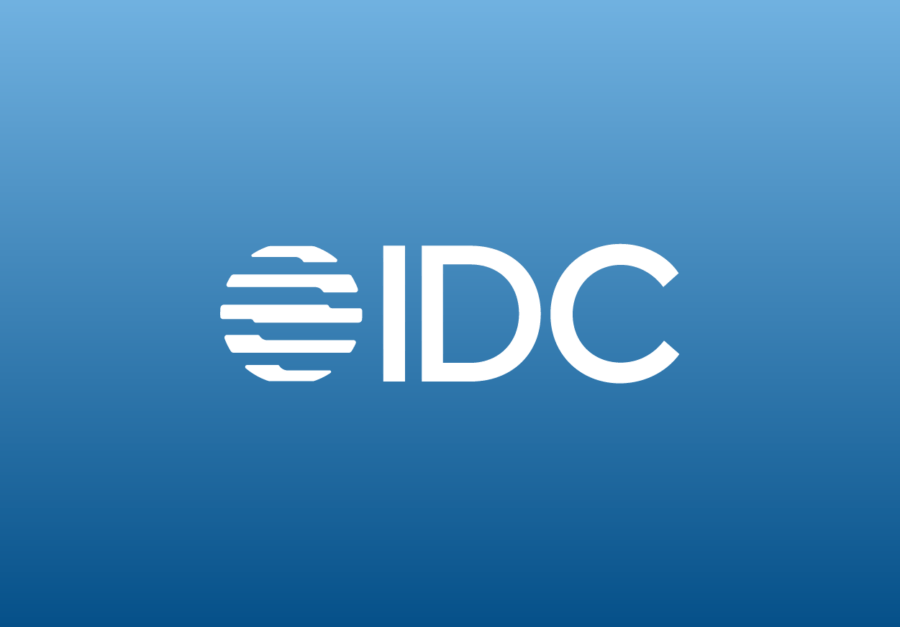Fact Sheet
Kyriba LIBOR Fallback Rate Calculation

Some tenors of LIBOR will continue to be produced on an unrepresentative, ‘synthetic’ basis, however, contractually, fallback rates will still apply.
The new fallback rate may be higher or lower than LIBOR and may result in a transfer of value, either to your company or your counterparty. For that reason, rather than relying on fallback rates, many treasurers have instead already negotiated their migration to Risk Free Rates (RFRs), such as below:
- USD: SOFR, SOFR term
- EUR: ESTR, EURIBOR
- GBP: SONIA
- CHF: SARON
- JPY: TONA, TORF, TIBOR
Obtaining Fallback Rates
ISDA and the ARRC have selected official fallback providers to publish fallback rates, however, a significant charge applies to corporates wishing to obtain and use these rates. Other vendors are also likely to redistribute the official fallback rates but treasurers should pay attention to the cost and terms under which such rates are provided.
Kyriba has begun providing the facility to calculate compounded rates from RFRs following ISDA’s fallback methodology. It is included at no additional cost within Kyriba’s risk module.
Problems with Published Fallbacks
Unlike LIBOR, fallback rates are calculated from RFRs, and so, publishers only release the rate at the end of the payment period (e.g., the fallback rate rate for “3M GBP LIBOR as of the March 1, 2022” will be published on June 1, 2022).
This will likely cause corporate treasurers two issues:
- Payments based on fallback rates can only be calculated just before settlement.
- Accounting accrual cannot be calculated as no rate exists before the end of the period.
To solve these issues, Kyriba will:
- Automate the payment process, allowing for earlier calculation and approval of payment reconciliations against banks.
- Provide “partial” rates based on the available RFR data, to allow for accurate accounting accrual calculations.
As 2021 ends, LIBOR will also start ending. The repercussions are complex and your treasury department may not be in a position to predict the impact on your organization and its investments. Fortunately, Kyriba is here to help. Please see our LIBOR Transition Guide within Kyriba for more information on the LIBOR transition. If interested in Kyriba’s risk module then please contact your account manager or Kyriba sales at [email protected]
Further Information on Migrating to Fallback Rates
Be aware that using Kyriba’s functionality to generate fallback rates requires setup, as the inputs to the calculation, such as the RFRs, calendars and static data need to be provided. Once Kyriba has generated the fallback rate and used it to calculate the expected payment, a user can check these against the counterparty’s payment notice. To assist this reconciliation, Kyriba also provides a breakdown of the fallback rate calculation.
Also be aware that with LIBOR ending, LIBOR interest rate curves will either cease to exist or become unreliable. These curves are used in valuation to predict LIBOR in the future and discount expected payments to the valuation date. Such interest rate curves need to be replaced with RFR interest rate curves in systems to continue producing mark-to-market (MTM) for transactions linked to fallback rates, as well as for transactions directly migrated to RFRs.
Changing the interest rate curves will cause a change in the value of the MTM on the day of the change. That said, current valuations must be somewhat theoretical given that they are based on prediction of future LIBOR rates in a world where LIBOR no longer exists. The change in MTM can be reduced by not relying on fallback rates and negotiating a spread with the counterparty over RFRs.









